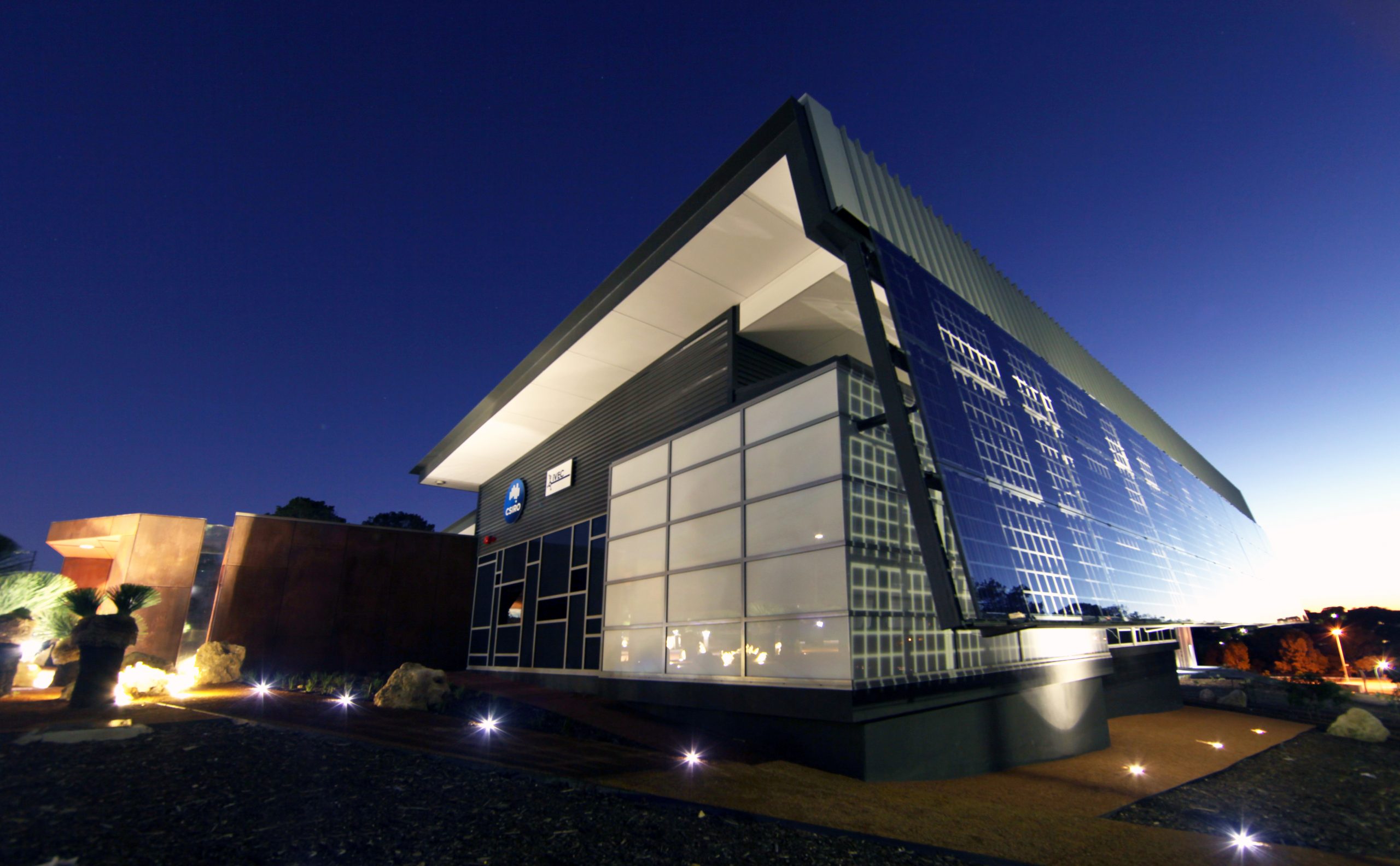Several radio telescope observations, including the image of the supernova remnant, have been processed using the brand-new computing system.
The supernova remnant was first classified as such in 1967 by CSIRO radio astronomer Eric R. Hill and is estimated to be more than a million years old, somewhere between 10,000 to 15,000 light years away.
Supernova remnants (SNRs) are what remains of the explosions coming from dying stars which cause ejected material to travel outwards at supersonic speeds into surrounding interstellar medium.
It sweeps up gas and any material it comes across along the way, compressing and heating them up as it goes.
The supercomputer that processed the image is called Setonix, named after Western Australia’s cute marsupial, the quokka which has the scientific name Setonix brachyurus.
CSIRO’s ASKAP (Australian Square Kilometre Array Pathfinder) radio telescope, consisting of 36 dish antennas, collected the data which was then transferred to the Pawsey Supercomputing Research Centre in Perth to use it to create the image.

“The speed at which we reproduced our current workflows is a good sign as we look to improve and optimise them to fully exploit Setonix’s capabilities,” said Dr Wasim Raja, a researcher on CSIRO’s ASKAP team.
“Setonix’s large, shared memory will allow us to use more of our software features and further enhance the quality of our images.”
This is the first of two installation stages for Setonix, and the second is set for completion later this year.
This will open more possibilities and allow the vast amounts of data coming from many projects to be processed in significantly less time.
This will have researchers better equipped to uncover and understand new discoveries about our universe.
Once fully operational, Setonix will be 30 times more power than Pawsey’s earlier Galaxy and Magnus systems combined.






